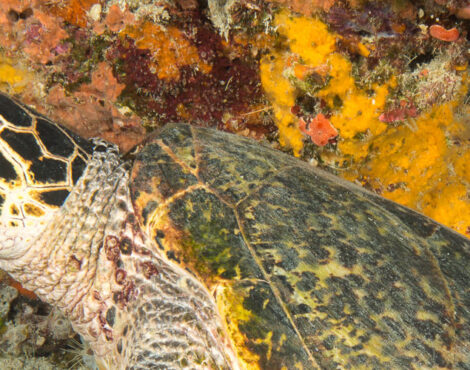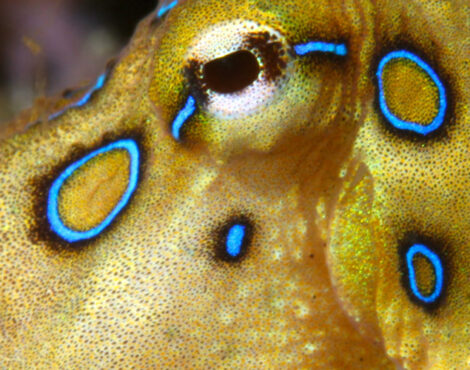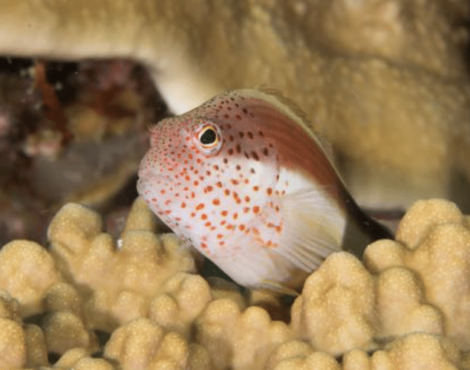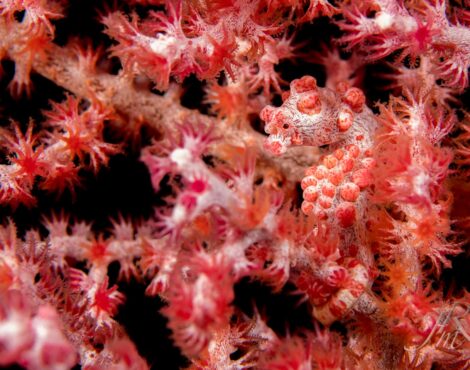Diving Delights in the Coral Triangle: Embrace Marine Diversity with Dr. Richard Smith
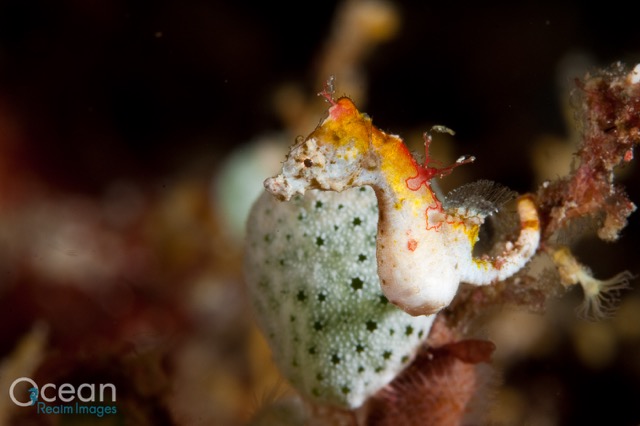
If you ever find yourself in a room full of divers talking about diving, chances are you will also find a massive difference of opinion about where is the best place to dive, and what the best things to see are. Diving is as diverse an activity as reading books, or playing team sports. Although opinions differ from person to person, there are two main aspects about diving that almost everyone can agree upon; we all enjoying being underwater, and we all want to see sub aquatic life. For divers looking to take a diving vacation, and looking to pack as many marine encounters in as possible, you should look no further than the coral triangle.
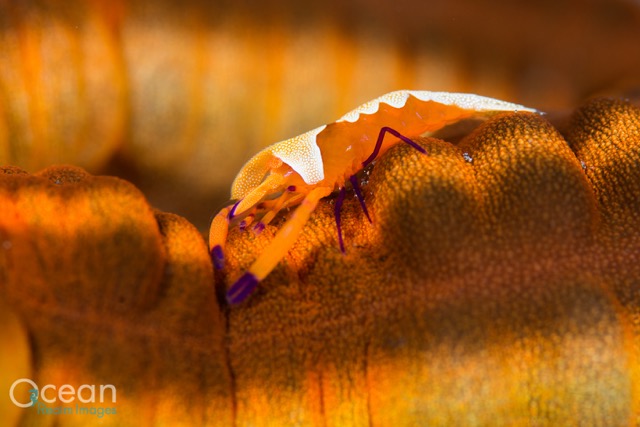
Unraveling the Coral Triangle: Diving Paradise Awaits
The so called coral triangle is a marine area that includes the waters of Indonesia, Malaysia, The Philippines, Timor-Leste, Papua New Guinea and the Solomon Islands. It is known as the coral triangle because here you find the highest diversity of coral in the world, with almost 600 species of reef building corals alone, and due to this incredible diversity of coral, a staggering number of fish and other marine creatures call this area home. Despite covering only 1.6% of Earths ocean environment, the coral triangle contains 76% of all known coral species, and 37% of all known fish species. The closer you get to the centre of the triangle, the more diverse the reefs become, and luckily for us, Bunaken Marine Park is very close to that centre.
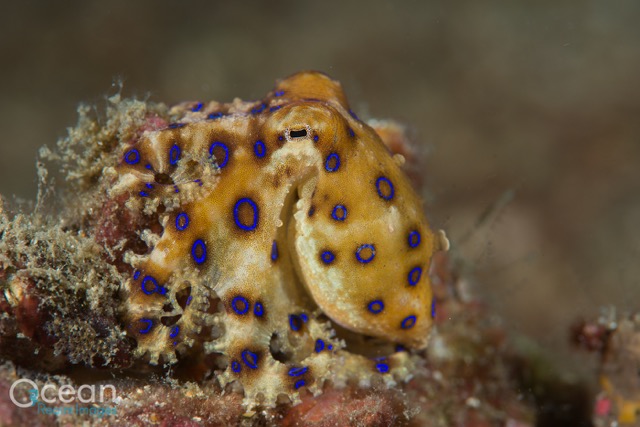
Reef Life Connections: Symbiotic Wonders in Bunaken Marine Park
While you are diving and snorkelling around Bunaken and the surrounding islands you can expect to see a huge number of different marine creatures, however if you take a step backwards and look at the reef environment as a whole, you may find that your dives become more interesting than ever before. The extreme depths of the waters that surround Bunaken Marine Park mean there is only limited room for the reef dwelling critters to live, so different animals have had to learn to live together in order to survive and outdo their competitors. Symbiotic relationships are everywhere you look on our reefs, from the famous relationships between clownfish and anemones, to lesser known companionships such as trumpet fish and groupers, or some nudibranch species and emperor shrimp. Learning about the habits of marine life, and the way different species interact with each other is a great way to improve your spotting abilities.
Spotting Secrets: Enhancing Dive Experiences Through Marine Knowledge
It may seem like an impossible task to spot a certain species of Nudibranch on a seemingly endless wall, however if you learn about what type of sponge or coral that species likes to eat, then you have a good starting point where to look. The same rule applies for countless interesting and unique critters out there, they live only one type of coral, only eat one type of food, and can only be found at certain depths. This is what our local guides have spent years learning, so they can always find something interesting for you to see. Although having a local guide find these things is nice, there is almost nothing on Earth more rewarding than finding your own blue ring octopus or harlequin shrimp.
Welcome Dr. Richard Smith: Pygmy Seahorse Expert and Marine Biologist
This June we will be welcoming world renowned marine biologist and published underwater photographer, Dr Richard Smith, to Siladen Resort & Spa. Dr Smith is the world’s foremost expert on pygmy sea horses, having chosen to focus his PhD on the biology and conservation of these cryptic critters back in 2007. Now he dedicates much of his time leading trips to many of the best dive locations in the world, teaching the participants about the marine environment.
Dive Workshop with a Pro: Capturing Underwater Wonders with Dr. Richard Smith
While Dr Smith is with us, he will be providing one of his extremely popular workshops, which is open to any diver, beginner or experienced, who are looking to get the most out of their dives. As a passionate underwater photographer, the workshop is also a great opportunity for keen photographer to learn some new skills from a published pro. Because of his in-depth knowledge of the marine environment and animal behaviours, there is no one better to learn from, especially if learning about, and photographing unusual marine life behaviours is something that interests you.
For more information about Dr Richard Smith, or to read about some of his fascinating studies, you can visit his website at www.oceanrealmimages.com.


